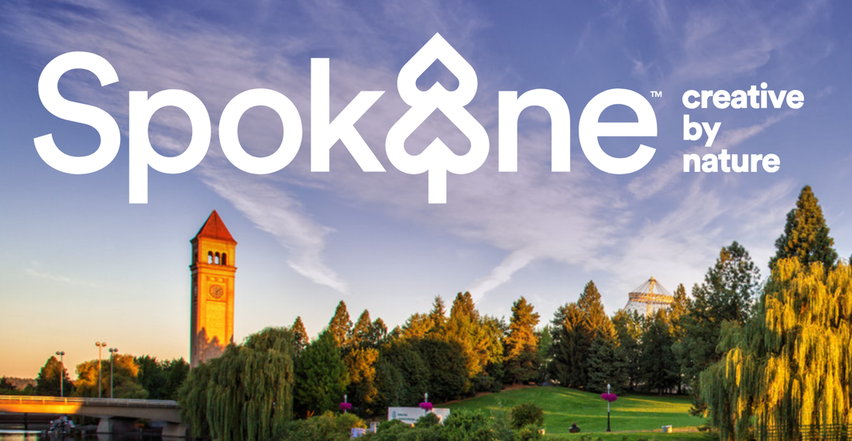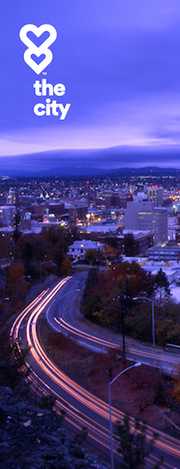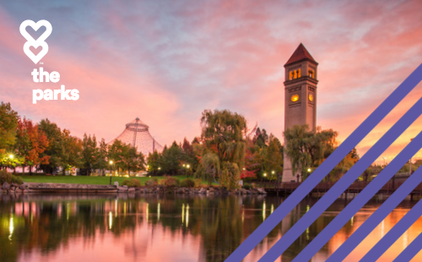Haystack Heights Cohousing
Local History, Economy and Demographics
|
The area where the City of Spokane now sits was first inhabited by the Spokane Tribe, from whom the modern city gets its name. The first nation lived in the area for about eight to thirteen thousand years until European trappers arrived in the 1800s. By 1881 the Northern Pacific Railway was completed, accelerating the pace of colonization in the area.
The city grew steadily through the 1980s as a regional hub for traditional agricultural, mining and forestry industries. In the last several decades the economy has shifted from industry to services and higher education with Fairchild Airforce Base, hospitals and local school districts being the largest employers. Our site is just blocks from the University District, a confluence of innovation, discovery, entrepreneurship, scholarship and neighborhood revitalization. Spokane is the second largest city in the state of Washington and remains a vibrant metropolitan center serving as the cultural, economic, educational and social hub of the Intermountain Northwest. |
Local Culture and Events
|
Spokane is home to six esteemed institutions of higher education including Washington State University, Eastern Washington University, Gonzaga University, and Whitworth University. The presence of these and other institutions along with thousands of independent businesses and hundreds of civic, arts and culture organizations have lead to a strong and diverse arts and culture community.
Examples include include outdoor summer symphony concerts, abundant sculpture installations, and emerging art festivals such as Terrain and the Bazaar street fair. |
Environment
|
No description of Spokane would be complete without mentioning the outdoors. There are many natural areas and trails within the urban parks system and endless opportunities for recreation nearby. In the summer swimming and boating are popular on the 76 lakes within 50 miles of downtown.
In winter there are five ski resorts located within two hours drive, and some of the most remote, pristine and dramatic landscapes in North America are within a day's drive. Riverfront park is the crown jewel of Spokane's extensive public park system which is one of the best funded in the nation. Riverfront Park is currently undergoing extensive renovations so its waterfalls, islands and overlooks continue to be a prized resource for residents and visitors alike. |
Climate Synopsis
|
We are located in the transition between the more arid Columbia Basin and the forested western slope of the Rockies. Spokane's summers are mild and arid, while winters are cold and coastal. There are distinct spring and fall shoulder seasons separating the varied summer and winter weather.
Summers are characteristically warm to hot during the day, and are cool at night. High temps are typically comfortable in the 70s and 80s with highs above 90 degrees occurring only about 20 days a year. Three quarters of annual precipitation falls in the winter with rain or snowfall taking place on about half of winter days. Spokane is a geologically stable region well outside of the Cascadia subduction zone. |
Site Designed by CoHousing Solutions




